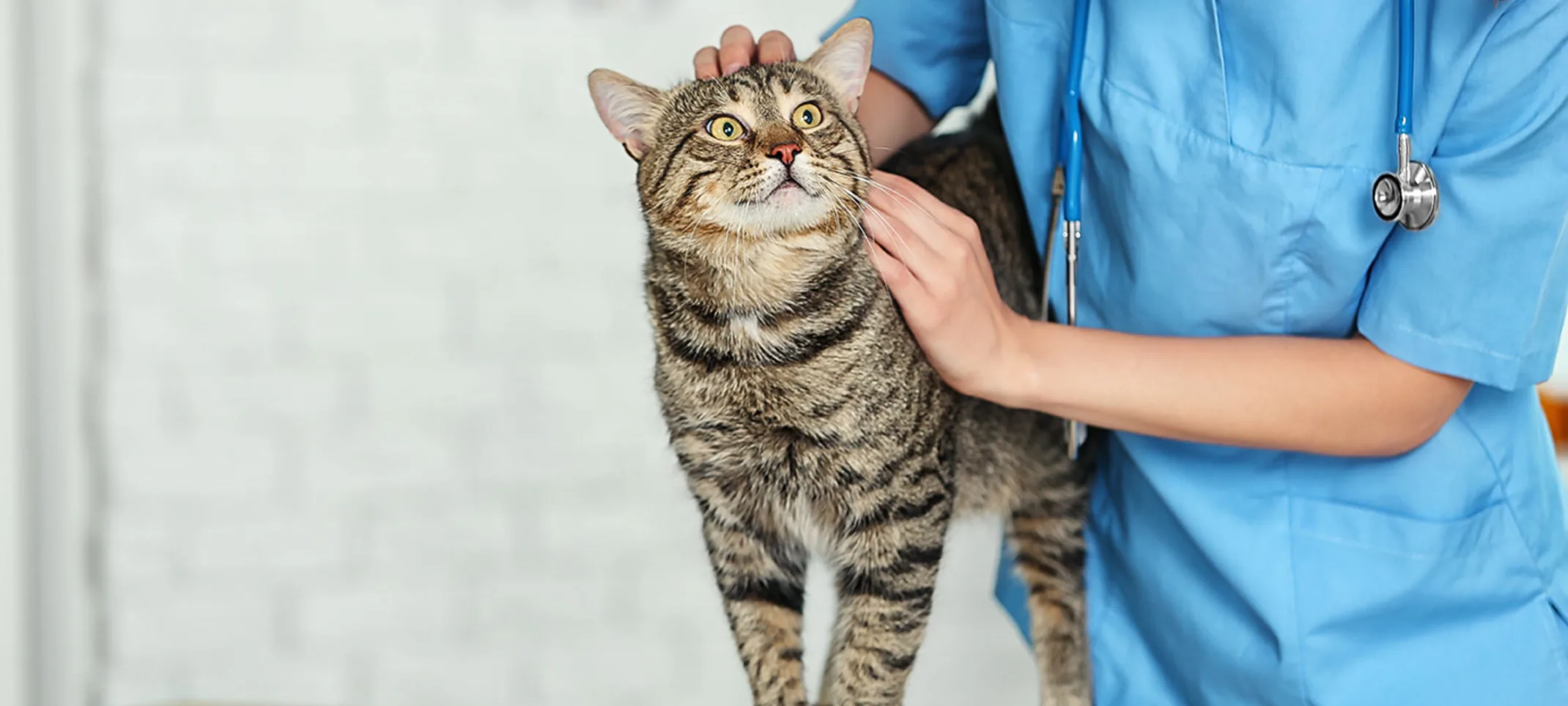Brightwood Animal Hospital
Radiography
The veterinary clinic is equipped to perform routine radiography services to identify many types of illness or injury when pets are sick or suffer a trauma.

Overview
Radiography, also known as x-rays, is one of the most common and valuable medical diagnostic tools. Radiographs are highly useful for screening areas of the body that have contrasting tissue densities, or when evaluating solid tissues.
Why would my pet need x-rays?
If your pet is sick or has suffered a trauma, x-rays provide a minimally invasive tool to help your veterinarian diagnose your pet. Radiographs may also be used in general wellness exams to diagnose potential problems before they become serious.
When is x-ray testing appropriate?
We may recommend veterinary x-rays as part of a diagnostic procedure if your pet is experiencing any health conditions or as a preventive measure in a routine senior wellness examination. Radiology can be used alone or in conjunction with other diagnostic tools depending on the patient’s condition. The clinic is fully equipped to perform routine radiology services to identify many types of illness or injury when pets are sick or suffer a trauma.
How is x-ray testing used?
Radiographs can be used to detect a variety of ailments in animals including arthritis, tumors, bladder, kidney stones, and lung abnormalities such as pneumonia. They are also used to evaluate bone damage, the gastrointestinal tract, respiratory tract, genitourinary system, organ integrity, and even identify foreign objects that may have been ingested. Dental radiographs help distinguish healthy teeth from those that may need to be extracted, and identify any abnormalities beneath the gums including root damage, tumors, and abscesses. In some cases, short acting sedation or anesthesia may need to be administered to achieve a quality study of images to be evaluated.
